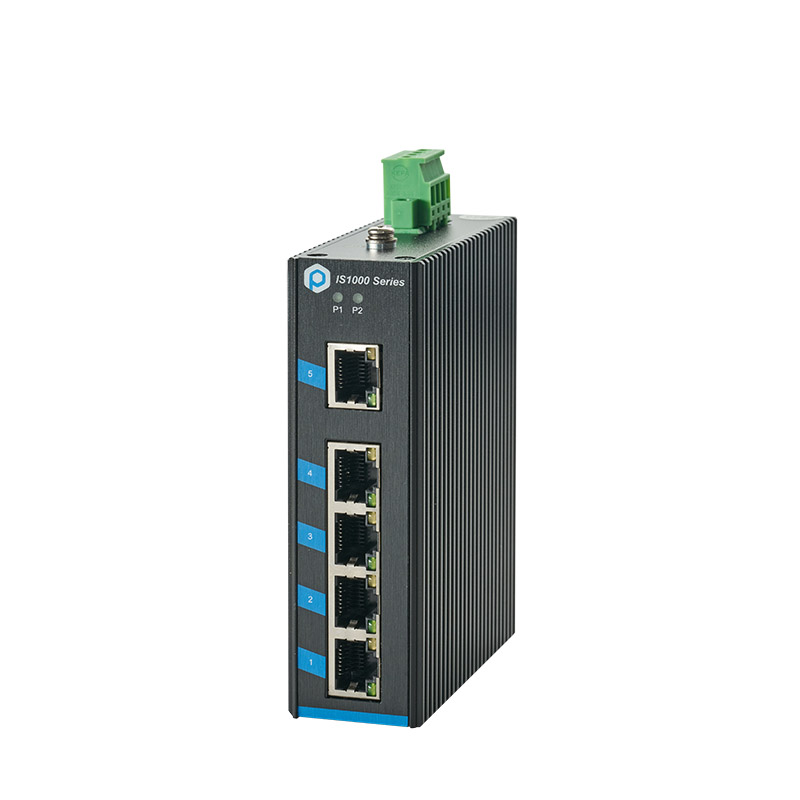Industrial Switches are a special purpose network switching device used to provide reliable and high-performance network connections. Compared to ordinary Ethernet switches, industrial switches have higher anti-interference ability, stronger stability, and longer service life, and can adapt to industrial application scenarios in extreme environments. This article will introduce the structural composition and networking methods of industrial switches.
The structural composition of industrial switches generally includes two parts: hardware components and software components:
Hardware components: including switching chips, ports, power supplies, fans, chassis, etc. The switching chip is the most core component of industrial switches and a key device for achieving data forwarding.
Software components: including operating system, configuration tools, management interface, etc. The software of industrial switches generally provides two management methods: web management interface and CLI command line interface, which are convenient for users to configure and monitor.
Industrial switches can also be customized according to different scenarios and needs, such as supporting different network protocols, possessing protection capabilities, supporting VLAN virtual networks, and so on.
Industrial Ethernet switches are designed specifically to meet the flexible and ever-changing needs of industrial applications, providing a cost-effective industrial Ethernet communication solution. And its networking method focuses more on loop design. There are differences between single loop and multi loop loops, as well as private loop protocols designed by various manufacturers based on STP and RSTP, such as RingOn, RingOpen, FRP ring, turbo ring, etc.

The networking methods of industrial switches can be divided into the following:
1. Cascading method
This is the most commonly used networking method, which is connected through a cascade port (UpLink) on an industrial switch. It should be noted that switches cannot be cascaded without restrictions. If a certain number of switches are cascaded, it will eventually cause a broadcast storm, leading to a serious decline in network performance.
2. Port aggregation method
This method is equivalent to cascading multiple ports simultaneously, providing higher interconnection bandwidth and line redundancy, making the network reliable to a certain extent.
3. Stacking method
Stacking industrial switches is the fastest and most convenient way to expand ports, and the bandwidth after stacking is dozens of times that of a single switch port. However, not all industrial switches support stacking, depending on whether the brand and model of the industrial switch supports stacking; And it also requires the use of specialized stacking cables and modules; Finally, it should be noted that industrial switches in the same stack must be of the same brand.
4. Layering method
This method is generally applied to complex network structures, which can be divided into access layer, aggregation layer, and core layer according to their functions.
In short, industrial switches are more stable and reliable in design, with longer service life and higher reliability. At the same time, industrial switches support technologies such as dual power backup and dual CPU redundancy, which can ensure network stability and connectivity in the event of hardware failures. Industrial switches can support various network topologies, including star, ring, tree, etc. In addition, industrial switches also support advanced functions such as VLAN and QoS, which can optimize and adjust the network according to different application requirements.
Contact: sales
Phone: 18688787693
E-mail: sales@hsindustrialswitch.com
Add: Room 608, Building B,GaoXinQi TEC Park,Baoan District, ShenZhen,China